Latest Posts
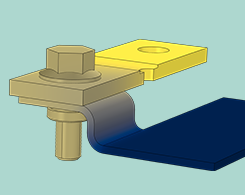
Protecting Against Atmospheric Corrosion with Simulation
Certain environmental factors, such as humidity and snow, can lead to atmospheric corrosion. The result? Rusty bikes, cars, and other metal structures. Simulation can protect against this effect.
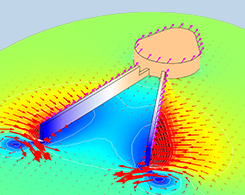
Modeling Fluid-Structure Interaction in Multibody Mechanisms
To model advanced FSI scenarios, such as swimming mechanisms or airflow around a wind turbine blade, you can use the Fluid-Structure Interaction, Pair multiphysics coupling.
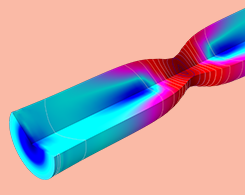
Evaluating the Necking of an Elastoplastic Metal Bar Benchmark Model
To determine the strength of elastoplastic materials, engineers often use uniaxial testing to analyze necking instability. This benchmark model proves that simulation is also a reliable method.
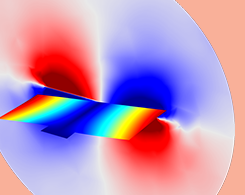
How to Model Different Types of Damping in COMSOL Multiphysics®
Structural dynamics analyses can be difficult if you have to account for damping. Get a demonstration of how to use the different numerical models for damping in COMSOL Multiphysics. Part 2 of 3.
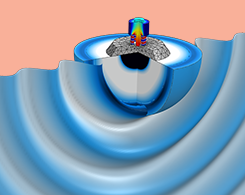
Damping in Structural Dynamics: Theory and Sources
Here’s your introduction to the theory behind damping in vibrating structures, as well as its sources, including internal losses, friction, sound emission, and more. Part 1 of 2.

Happy Birthday, Sir William Henry Perkin
This chemist went from studying at the Royal College of Chemistry and researching malaria treatment to synthesizing the first synthetic dye and running a dye shop and manufacturing plant…
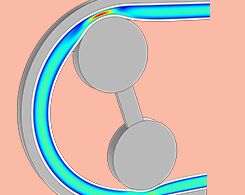
Veryst Combines Material Testing and Simulation for Reliable Results
Simulation helps companies develop the best designs. Understanding material behavior plays a key role in generating accurate simulations. Here’s how Veryst combines testing and FSI simulation.
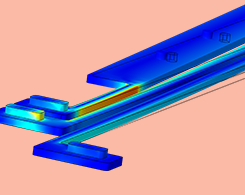
Performing a Multiphysics Analysis of a Thermal Microactuator
To design an optimized thermal microactuator for use in a specific device, you need to account for tightly coupled electrical, thermal, and structural phenomena in your analysis.
